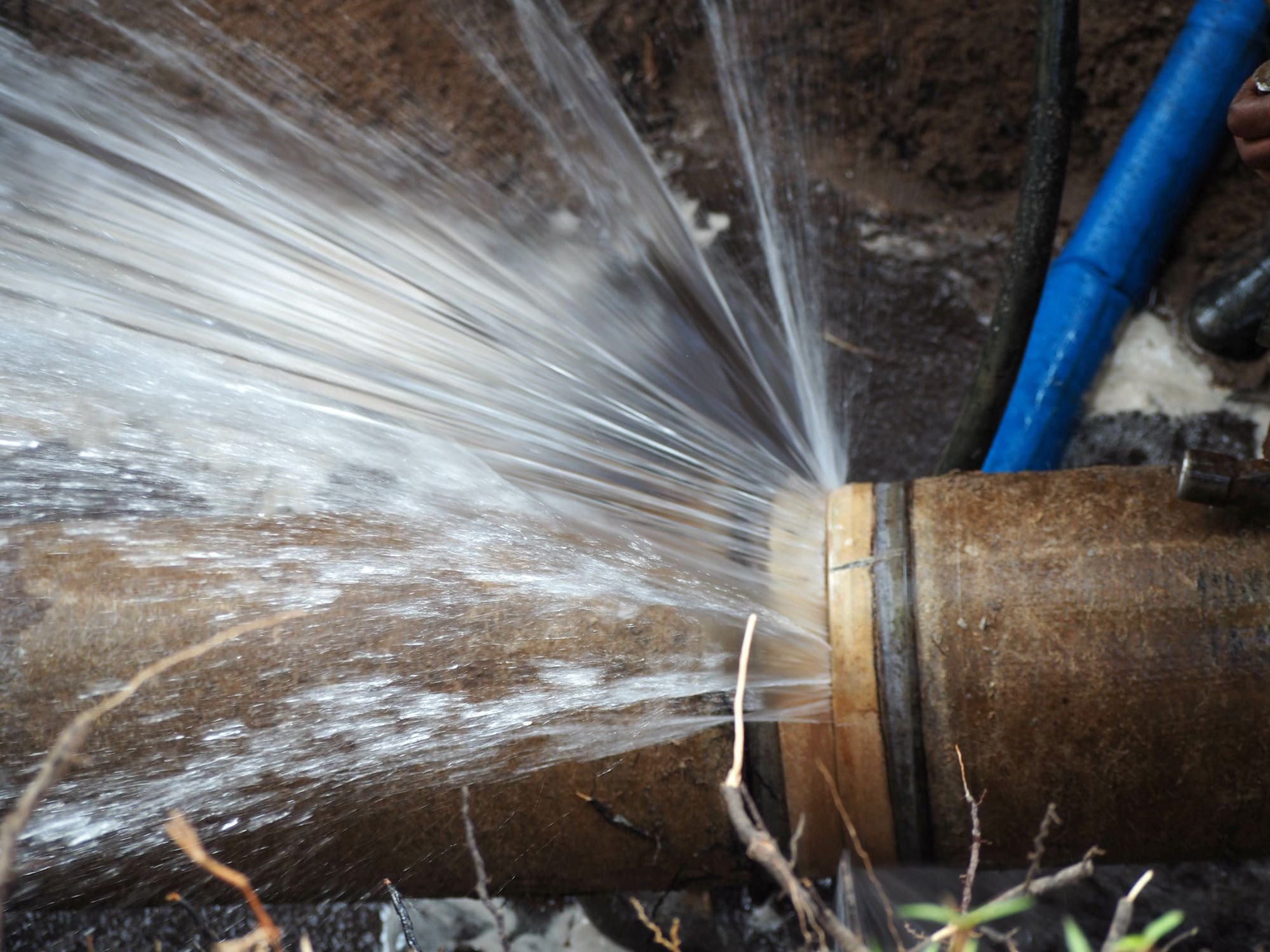Pipe Relining vs. Traditional Pipe Replacement: The Differences And Advantages
RH Business Marketing Solutions
If you're a property owner or maintenance professional, the last thing you want is plumbing problems. From the irritating drip of a leaky faucet to a full-blown pipe disaster, these issues can significantly disrupt your daily life or work. It's undeniable: navigating the maze of pipework can be daunting. But fear not, as we have your back. Knowledge indeed empowers you to confront any piping issue head-on.
In the world of plumbing, there are two primary solutions for pipe issues: conventional pipe replacement and a contemporary method known as pipe relining. Both methods have their place, each boasting unique benefits. Whether you're familiar with traditional pipe replacement or newly introduced to Sydney pipe relining services, this article aims to demystify the differences and advantages of each method, helping you make informed decisions when pipe troubles arise.
Decoding Traditional Pipe Replacement
As the name suggests, this approach involves completely swapping the old, damaged pipe for a brand-new one. It's been a common method plumbers use for years and often becomes the first solution to address pipe problems. However, is this always the best solution? Let's highlight some critical aspects:
Effective, Yet Invasive. Full replacement can be an effective solution, providing a brand-new pipe system free of prior issues. However, it's an invasive procedure that might involve tearing up floors or landscaping.
Best For Severe Damage. This method might be the best option if your pipes are severely damaged or compromised. It offers a complete renewal of the problematic pipe system.
Potentially Costly. Comprehensive replacement of the pipes often involves extensive labor and materials. Consequently, it could be more expensive compared to other methods.
Despite its challenges, traditional pipe replacement is a viable option for pipe issues. Let's shift our focus to another method, pipe relining, from a different perspective.
Embarking On The Journey: Pipe Relining
The relining technique is a newer method in pipe repair. This innovative process involves creating a new, solid pipe within the old one, often making it less disruptive than traditional replacement. Is this the solution to all pipe issues, though? Here are some key considerations:
Minimal Disruption. As a trenchless technique, it spares you extensive digging, making it an attractive option for preserving lawns or beautiful tile flooring.
Faster And Potentially Cost-Effective. It usually takes less time and might require fewer resources, making it potentially more cost-effective upfront.
Dependent On The Original Pipe's Condition. The success and longevity of relining heavily depend on the original pipe's condition. It's not always suitable for back-pitched pipes or those that have collapsed or are severely damaged.
The choice between replacement and relining depends on several factors, as we'll explore next.
Pipe Relining Versus Traditional Pipe Replacement: An In-Depth Comparison
Having established the basic principles of conventional pipe replacement and relining, it's time to scrutinize deeper. This comparison will focus on three crucial aspects: cost, time investment, and disruption caused. Grasping these differences can guide you toward an informed choice.
Cost Consideration: Evaluating The Expenses
Cost is fundamental when deciding between relining and an overhaul. Here are a few key points to keep in mind:
Initial Cost. Typically, pipe relining might have a lower initial cost due to less labor and resources required. This cost-effectiveness makes it a popular choice for many property owners.
Long-Term investment. While the upfront cost of trenchless repair might be lower, consider the long-term implications too. If the condition of the original pipe is too poor, the relining might not last as long, leading to more frequent repairs.
Individual Circumstances. Individual circumstances like pipe length and depth, location, and damage severity can greatly influence the overall expense. Sometimes these factors can lessen the cost difference between the two methods.
Time Investment: Analyzing The Duration
The duration of the repair is another critical factor. Here's how the two methods stack up:
Quick Solution. In general, the relining process is faster, primarily because it's a trenchless method. This speed can be a significant advantage when a quick repair is essential.
Dependent on Pipe Condition. However, if the existing pipe is badly damaged, this method might not be viable, or it could take longer than anticipated.
Project Scale. Larger or more complex projects might take longer, irrespective of the method used. Keep this in mind when scheduling the repair.
Disruption Factor: Assessing The Inconvenience
The level of disruption caused by the repair work is a key consideration for many property owners:
Minimizing Disruption. Pipe relining is generally less disruptive as it doesn't require significant excavation. This makes it an attractive option if you want to avoid property damage.
The Extent Of Damage. However, if the pipes are severely damaged or difficult to access, the traditional method of replacement might be necessary, despite the greater disruption it causes.
Restoration Work. Remember to consider the potential restoration work after the repair. The pipe replacement may require additional landscaping or flooring work, adding to the overall disruption.
The choice between relining and replacement isn't a one-size-fits-all answer but depends heavily on the specific circumstances and requirements.
Finding Your Fit: Pipe Relining Or Traditional Replacement?
This concludes our comprehensive review of both traditional pipe replacement and pipe relining. As we've underscored, the ideal choice is largely contingent upon your unique situation and needs. From the condition and location of your pipes to your budget and timeline, various factors play into this decision. By understanding the unique differences and advantages of both methods, you're now well-prepared to make the correct decision when plumbing issues arise.

